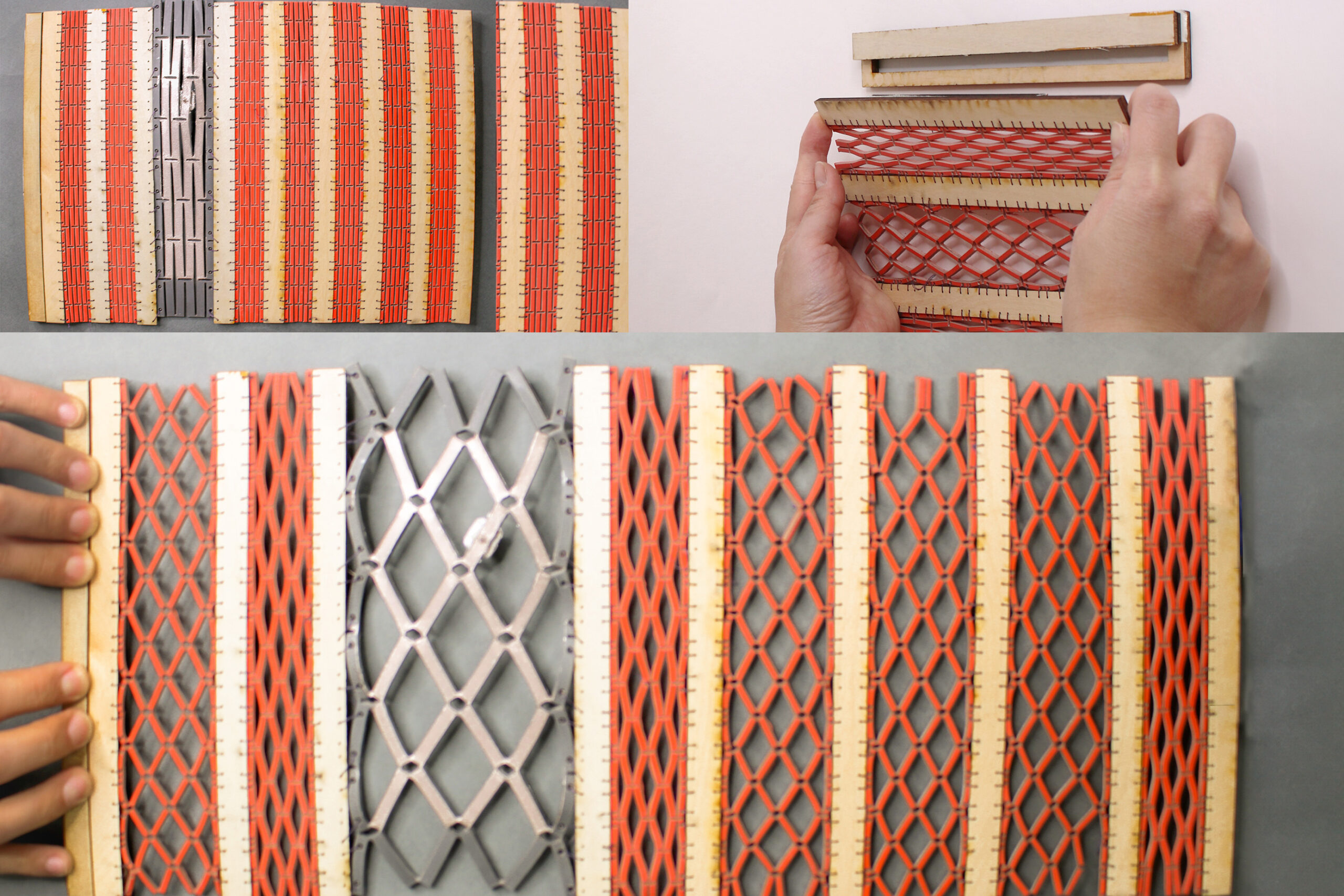A team of researchers at the Massachusetts Institute of Technology (MIT) has developed a groundbreaking reconfigurable antenna that can dynamically adjust its frequency range by altering its physical shape. This innovation promises to enhance communications and sensing capabilities significantly, moving beyond the limitations of static antennas. Users can stretch, bend, or compress the antenna to make reversible changes to its radiation properties, allowing devices to operate effectively across a broader frequency spectrum without relying on complex and moving components.
This new antenna design utilizes metamaterials—engineered materials whose mechanical properties change based on the arrangement of their components. The flexible nature of these materials allows for a simplified design that can adapt to various applications, from energy transfer in wearable devices to motion tracking and wireless communication across different network protocols. The researchers have also created a user-friendly editing tool that enables the customization of metamaterial antennas, which can be fabricated using laser cutting technology.
Innovative Approach to Antenna Design
Lead author Marwa AlAlawi, a mechanical engineering graduate student at MIT, emphasized the departure from traditional antenna designs. “Usually, when we think of antennas, we think of static antennas—they are fabricated to have specific properties and that is it. However, by using auxetic metamaterials, which can deform into three different geometric states, we can seamlessly change the properties of the antenna by changing its geometry, without fabricating a new structure,” she explained.
The research team, which includes Regina Zheng and Katherine Yan, both undergraduate students at MIT, along with Ticha Sethapakdi, a graduate student in electrical engineering and computer science, and senior authors Junyi Zhu from the University of Michigan and Stefanie Mueller from MIT, will present their findings at the ACM Symposium on User Interface Software and Technology.
The researchers focused on how antennas can function as sensors, leveraging the antenna’s “resonance frequency.” This frequency is the point at which the antenna operates most efficiently, and it shifts with changes in the antenna’s shape. For example, a reconfigurable antenna could detect subtle changes, such as the expansion of a person’s chest during respiration.
Practical Applications and Future Prospects
To achieve this versatility, the team employed metamaterials that can be programmed to adopt various shapes. These materials are composed of a periodic arrangement of unit cells that can be manipulated by rotation, compression, or stretching. AlAlawi noted, “In order to trigger changes in resonance frequency, we either need to change the antenna’s effective length or introduce slits and holes into it. Metamaterials allow us to get those different states from only one structure.”
The newly developed device, referred to as the meta-antenna, consists of a dielectric layer sandwiched between two conductive layers. The fabrication process involves cutting the dielectric material from a rubber sheet using a laser cutter and applying a conductive layer with spray paint to form a resonating patch antenna. The researchers encountered challenges with flexibility, ultimately finding that a coating of flexible acrylic paint provided the necessary durability without compromising performance.
With fabrication issues resolved, the team has created a tool that allows users to design and manufacture metamaterial antennas tailored to specific applications. Users can define parameters such as the size of the antenna patch, the thickness of the dielectric layer, and the length-to-width ratio of the metamaterial unit cells. The system then simulates the antenna’s resonance frequency range.
The researchers successfully integrated meta-antennas into several smart devices, including a curtain that adjusts household lighting and headphones that switch seamlessly between noise-cancelling and transparent modes. For instance, when the meta-antenna expands and bends in the headphones, it shifts the resonance frequency by 2.6 percent, triggering a mode change. Furthermore, experiments demonstrated that meta-antenna structures could withstand over 10,000 compressions, highlighting their durability.
This innovative technology opens up possibilities for incorporating antennas into more complex structures, such as smart textiles capable of noninvasive biomedical sensing or temperature monitoring. Looking ahead, the researchers aim to design three-dimensional meta-antennas for broader applications, enhance the durability and flexibility of the metamaterial structures, explore various symmetric metamaterial patterns, and streamline the manual fabrication processes involved.
